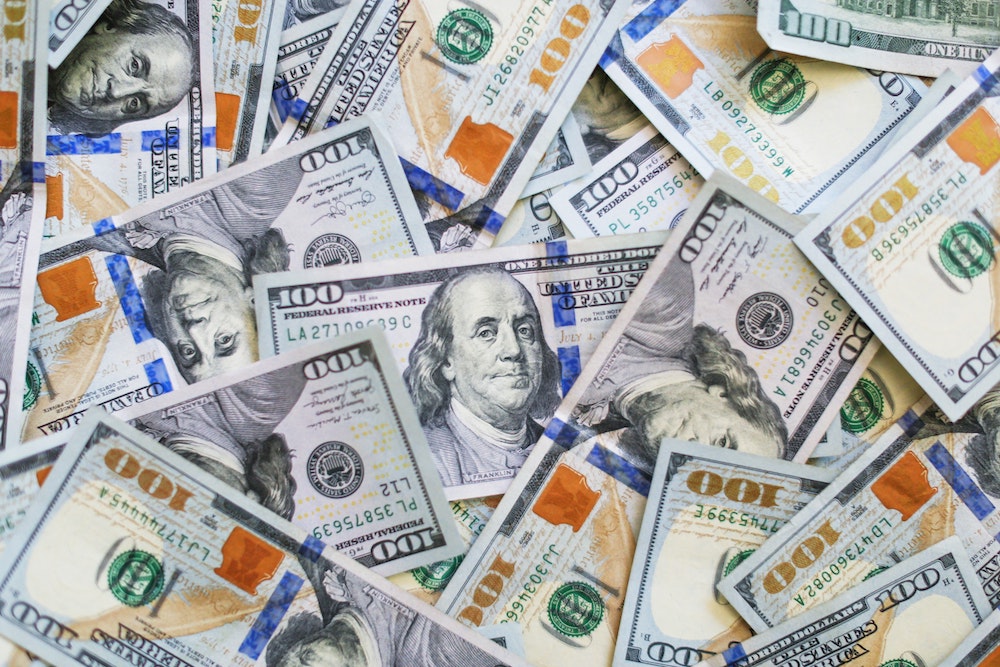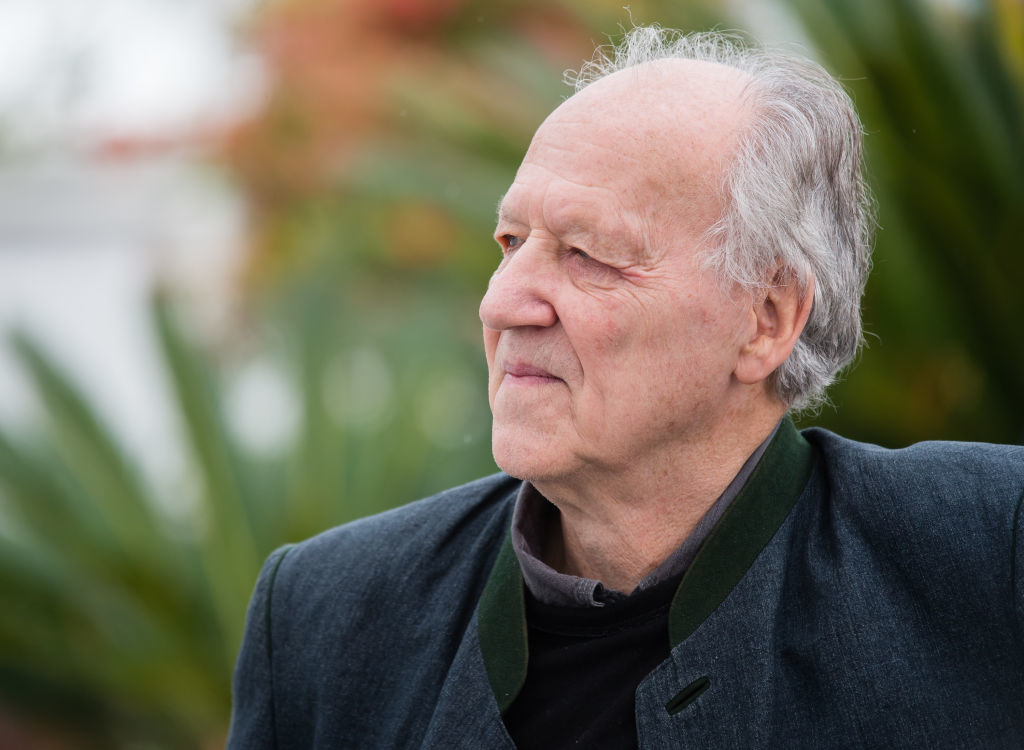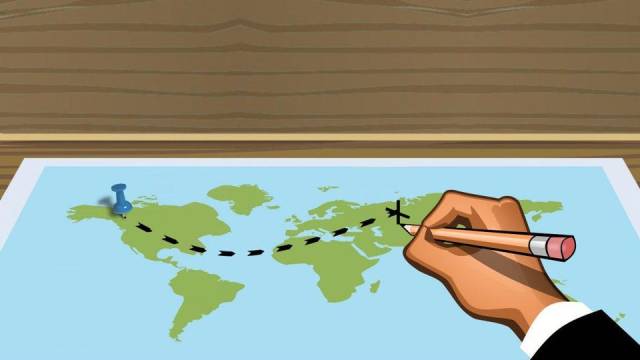More math, more money: How profit-seeking has sparked innovations in mathematics

- In his new book, The Art of More: How Mathematics Created Civilization, author Michael Brooks explores the evolution of mathematics and its wide-ranging impacts on ancient and modern societies.
- In this original essay, Brooks overviews how the pursuit of profits has often led to innovations in mathematics.
- From improving tax systems in ancient Mesopotamia to creating Google in Silicon Valley, math and money have always shared a close relationship.
We often think of mathematics as elevated and pure, an untainted intellectual pursuit that only happens to have practical applications in the real world. At best, students see mathematics as the route to an unexciting income — maybe as a tax accountant or as a bank manager. But the truth is, math and money are like Bonnie and Clyde: In the right circumstance, they are perfect partners for an extraordinary and lucrative adventure.
That circumstance is, for the most part, big piles of cash waiting to be collected for solving a problem. Take Google’s origin paper, for example: It was written about a branch of math called linear algebra. The resulting company’s dollar value is now in the trillions.
The ability of math to attract money is something that Bill Gates recently pointed out when announcing funding for new initiatives in math education. It turns out that one of the most important indicators of a student’s future success is not in English literature or even in science, but in algebra. Students who pass Algebra 1 by the end of 9th grade are more likely to go on to well-paid, in-demand careers.
Google founders Sergey Brin and Larry Page would no doubt agree with Gates. But they wouldn’t be alone. Business leaders have long known that having a knack for math is like having a license to print money. Google is only the latest chapter of a 6,000-year-old story of math quietly making it rain for enterprising mathematicians.
One of the earliest examples comes from the records left by King Shulgi of Ur around 4,000 years ago. His kingdom, in what is now southwest Iran, was the first mathematical state. Shulgi was trained in addition and subtraction, and he had no doubt about its value. He used his knowledge to implement a kingdom-wide, tamper-proof accounting system that made sure taxes were always paid. From that moment, none of his civil servants could get away with defrauding the state. Soon, the coffers were full and he was able to fund an extensive network of roads that caused the kingdom’s economy — and the king’s profits — to flourish like never before.

Shulgi’s example of state-sponsored mathematical innovation was followed by Babylonian tax officials, who invented new math — now known as quadratic equations — to make sure people were paying the right taxes on their fields. Working out the area of oddly shaped fields involved a mix of geometry and algebra, resulting in the creation of an equation-solving formula that math students still learn in school today. It’s worth noting that the ancient Egyptian priesthood also took on new math (fractions and geometry, in this case) to perfect the art of taxation. And then there’s the revolutionary idea of negative numbers. They haven’t always existed: Enterprising Chinese mathematicians invented them 2,000 years ago to represent money owed.
Coming a little more up to date, 13th-century sailors — including the occasional pirate — took themselves back to math class in order to increase their profits. The aim was simple: to improve navigation skills. That involved little more than the mathematics of right-angled triangles, which you know as trigonometry. Learning trigonometry increased their employability (or their own business’s turnover) because they were able to deliver goods faster or, in the case of the pirates, perform better interceptions.
Some inventions were not as practical: just demonstrations of superiority. But when employers demand the best, nothing beats being the best at math — especially when the job interview involves a mathematical duel. In the early Italian Renaissance, it was common practice for university posts to go to the winner of a public puzzle-solving competition. Since the competitors would set each other mathematical problems to solve, it helped enormously if you had made some mathematical breakthrough that your opponent knew nothing about.
Niccolo Tartaglia defeated Antonio Fior by inventing a way to solve certain “cubic” equations that involved algebra with x raised to the power 3. Tartaglia retained his teaching post in Venice thanks to this victory: Fior had wanted the post for himself. A short while later, Lodovico Ferrari defeated Tartaglia in a duel because Ferrari had invented the solution for when x is raised to the power of 4: the “quartic” equation. Tartaglia hadn’t gotten that far. The victory made Ferrari’s career — he was so impressive that he was given a lucrative job as tax assessor for the region.
Even something as advanced as calculus had roots in riches — or at least cutting the bottom line. Johannes Kepler invented the prototype of integral calculus in order to cut the wine bill at his wedding. Wine merchants were charging an amount based on how much of a stick’s length got wet when inserted diagonally into a barrel. The stick was pushed in until its end hit the junction between the side wall and the barrel bottom. Kepler realized the length of the wet stick would depend on the barrel’s shape, and not necessarily on the amount of wine it contained. So he constructed an entirely new formulation of mathematics to make sure he wasn’t being overcharged at his nuptials. It was his second marriage; maybe he had been burned before.
Inventions on the other side of the calculus coin are even more directly associated with money-making. In 1973, Fischer Black, Myron Scholes, and Robert Merton came up with a “partial differential equation” that could find a mutually beneficial price for an options contract. At the time, there were only 16 options contracts on the market. Now, like Google, it’s a trillion-dollar business.
Statistics has long had an association with money, too. The insurance industry was built on the power of statistics, for instance. A mainstay of scientific investigations, the statistical t-test was also developed for profit: It came into existence as a way for the brewer Guinness to know which variety of barley made the best ingredient for its product. Once Guinness’s lead scientist, William Sealy Gosset, had established the mathematics of the test, the brewer took the results and bought up all the available seed of the winning variety, shutting out the competition.
From Shulgi to Scholes, and Guinness to Google, the financial power of math is now beyond dispute. No one should be aiming to become a singer or a sports star. Math is a much more reliable road to riches, and good evidence that humans can solve any problem — as long as there’s money in it.





